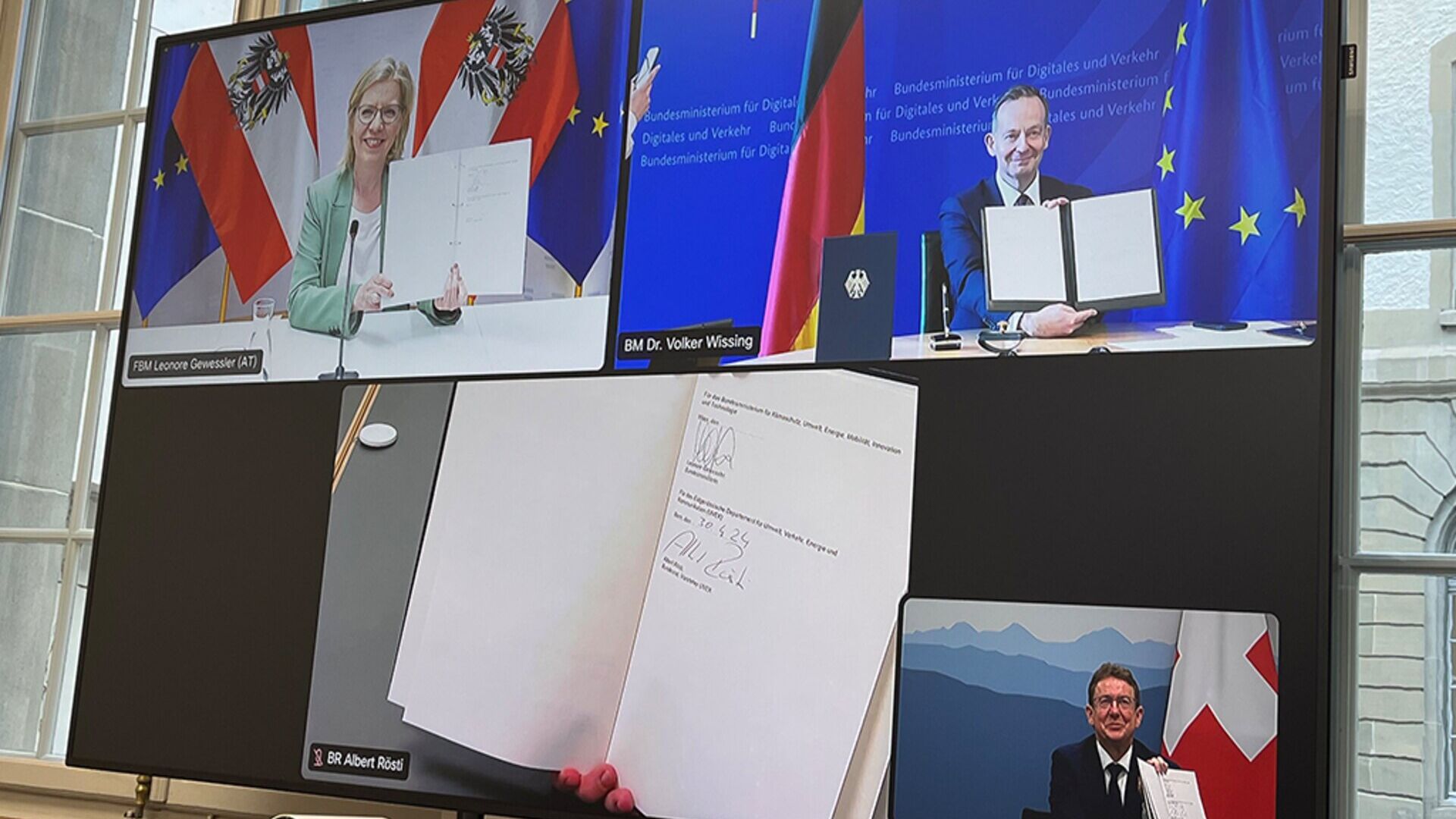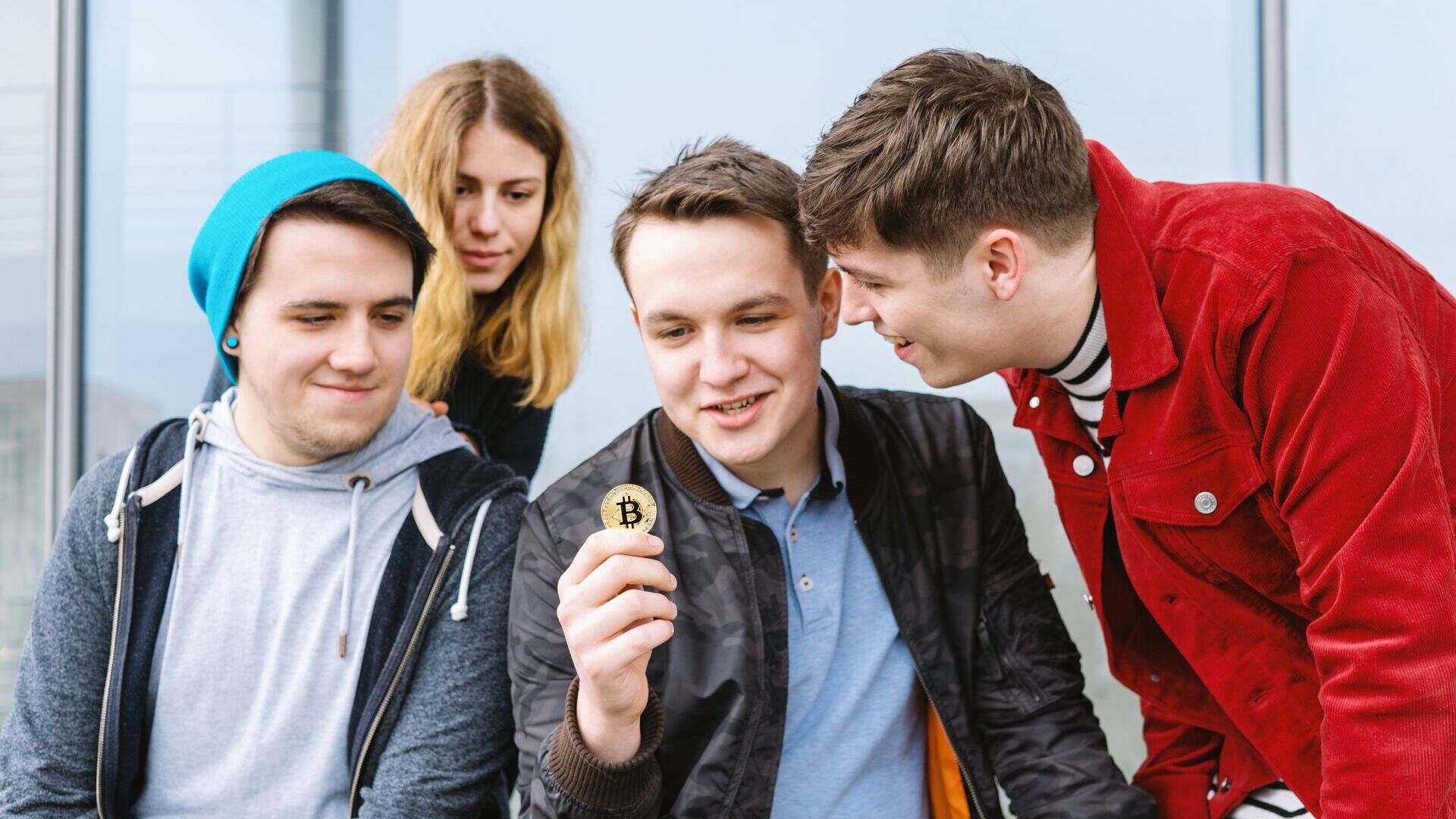Alex Fontana:Only in motorsport are fusions between reality and virtuality”
An open-minded chat with the young Swiss driver, F.1 technical expert for CSR and standard bearer of the Porsche Ticino Centers in GT3
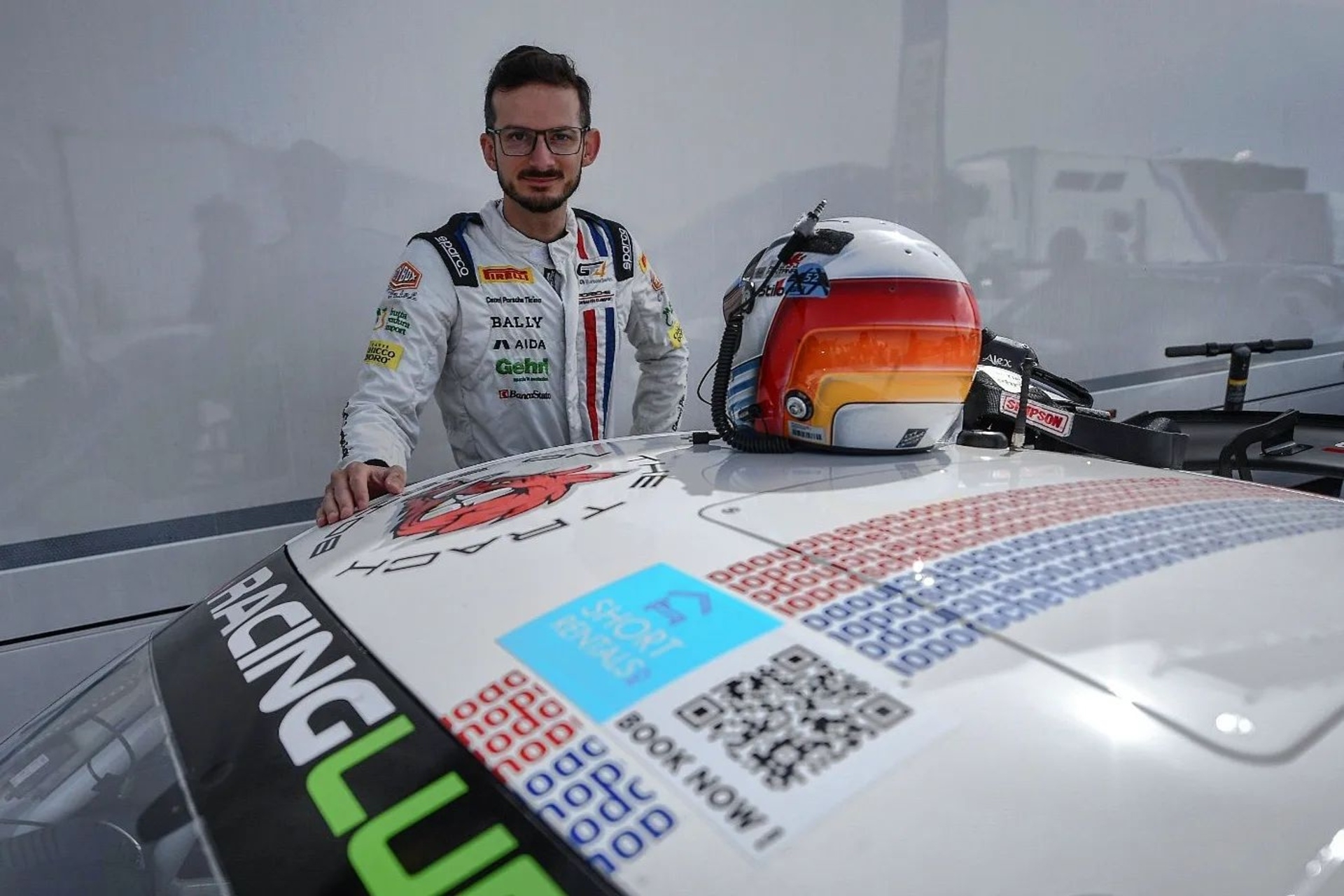
The world championship season of the top automotive category: Formula 1 began at the beginning of the month.
Alex Fontana, one of the best-known drivers of the Confederation and sports commentator for the Italian-speaking Swiss Radio and Television or RSI, the Swiss public broadcasting service, tells us about his experiences in the world of motorsport at a competitive level.
He was born on August 5, 1992, under the zodiac sign of Leo, to one of the best-known typographical entrepreneurs in the Canton of Ticino, Raoul Fontana: he is 177 centimeters tall, weighs 64 kilograms, and has dual nationality, including his mother's Greek ; he has his favorite track in Imola, and he has won international and Asian championships.
Synthetic petrol: the future of mobility from Porsche eFuel
Alex Fontana has been competing continuously since 2009 when he made his debut in Formula Azzurra, to then try his hand at all car categories, with covered wheels and single-seaters, in Europe and in the Far East, up until the test with Lotus Formula 1 on 30 September 2013 on the French circuit of Paul Ricard.
He has competed in the Italian Formula 3 (2010), European F3 Open (2011), championship dominated with Corbetta Competizioni, in Formula 2 (2012), Formula E (London ePrix in the 2014-2015 season), GP3 Series (2011, 2012 , 2013, 2014 and 2015), Formula Renault 3.5 Series (one race in 2015), Blancpain GT Series Endurance Cup (2016, 2017 and 2018), dominated Silver Cup championship with Emil Frey Racing on Jaguar XK G3, in Intercontinental GT Challenge (one race in 2017, 2020 and 2021), China Touring Car Championship (2016, 2017, 2018 and 2019), Blancpain GT Series Sprint Cup (2018), V de V Endurance Series (one race in 2018), China GT Championship (2019), championship dominated with PhantomPro Racing, GT World Challenge Europe Endurance Cup (2020 and 2021), championship dominated with Emil Frey Racing on the Lamborghini Huracán GT3 in 2021, European Le Mans Series (one race in 2020), 24 Hours of the Nürburgring (2021) and GT4 European Series (2022).
Because the innovation of the motorsport supply chain started from Bologna
What's in Alex Fontana's 2023 agenda?
“Also this year my collaboration with will continue Ivan Jacoma, the general manager of the Porsche Ticino group. In 2022 we had a good championship in the GT4 category. Together with Jacoma and the American driver Hash, the 992 GT3 Cup of the Centri Porsche Ticino team obtained an excellent position at the 12 Hours of Abu Dhabi last December, winning the GTC class. For this 2023, we have just announced an important program, lining up in the largest GT3 Class with the new Porsche GT3 R, one of the 35 produced in the world, and we will do it together with the Car Collection structure in the prestigious GT World Challenge, which includes the 24 Hours of Spa. We will have an all-Swiss livery and line up, alternating with another compatriot, Niki Leutwiler".
From Oracle Red Bull Racing the F.1 innovation designed by fans
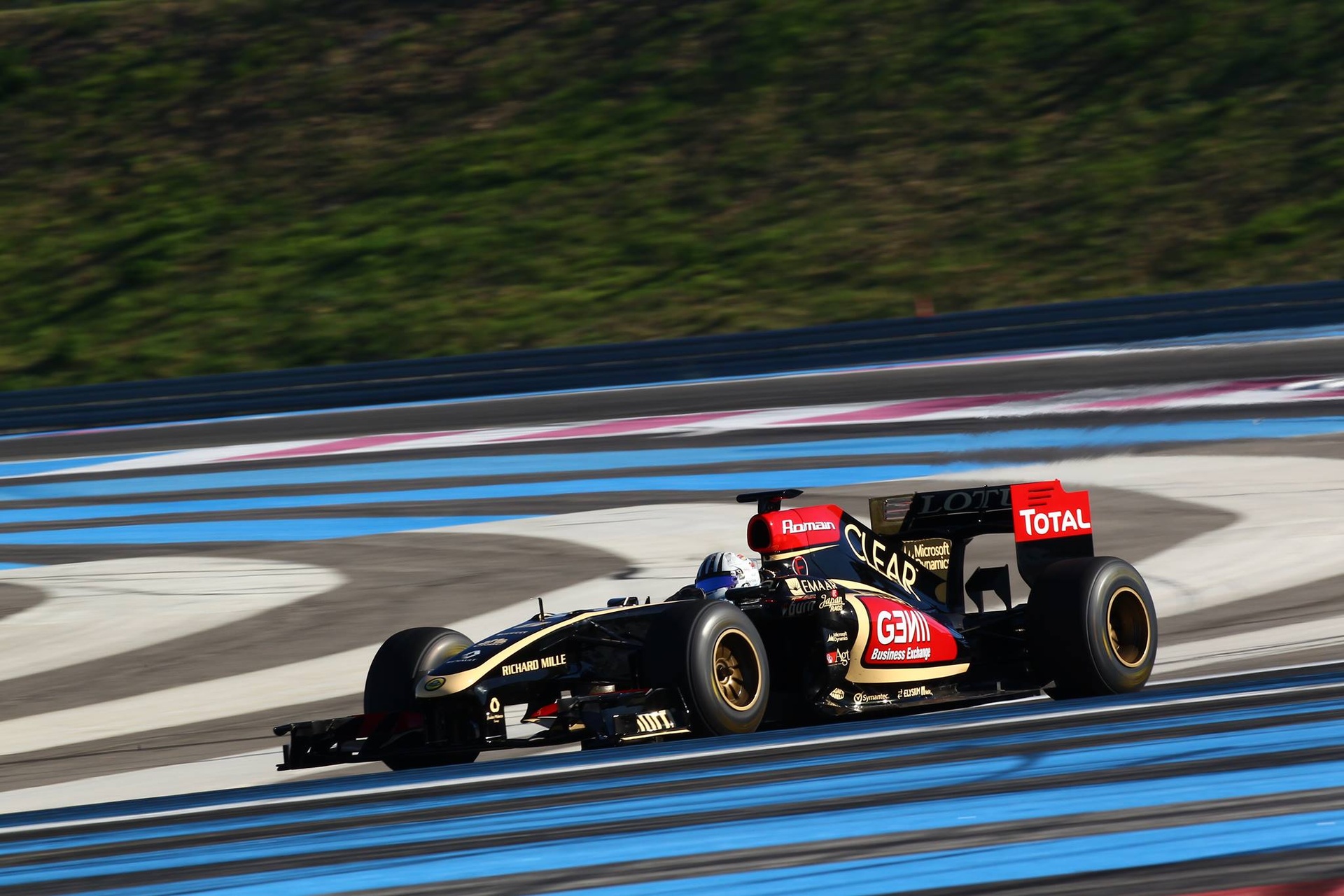
How does a professional driver prepare for the resumption of the championship?
“Starting from each end of the season, I follow my activities firsthand: relations with the media, teams, colleagues, sponsors, fans. It also means taking care of press releases, organizing events, reconciling my availability with the needs of the sponsors, verifying the contractual relationships with the teams that are interested in me as a professional. Naturally, alongside all these initiatives remains my competitive commitment, that is to guarantee constant performance and results in the races in which I participate, because sporting and commercial visibility always go hand in hand, and in the end a driver remains a driver: he wants to go as fast as possible. possible!".
Thus Artificial Intelligence at the service of Sauber Alfa Romeo
What do you think about the development of digital activities in professional motorsport?
“It is necessary to make a distinction: between presence on the Web and competitive activity in digital form. To begin with, a presence on social networks is also fundamental in my work and I plan to develop it. I activated my accounts on Instagram, Facebook twitter, LinkedIn, YouTube. We now come to the second part of my answer, and I begin to clarify that, in addition to my presence on social networks and at the same time as my competitive activity on international circuits, I am also present in digital motorsport. I find the driving simulator very useful, because in virtual form it allows me to choose the modality and intensity of my performances on a digital circuit. I am amazed at the kind of contacts that can be established with an online presence. For example, during the lockdown caused by the pandemic, I started posting a series of videos on YouTube where I explain how you can improve your driving technique by training on a simulator. Well, months later, I receive messages from followers attracted by my tutorials and requests for further information on the driving techniques I have explained on YouTube. To this I add that many enthusiasts inform me that they prefer to follow the races in virtual form, rather than on the normal circuits, a sign that motor racing has attracted new enthusiasts with simulators, but these are not necessarily then ferried to the real track. Even many followers report having known me as a digital pilot even before being a driver in car races on the track. In short, I recognize that the potential of racing in a virtual, digital form, as it has surprised me in the past, will continue to surprise me in the future. To this I add my feeling that the difference between virtual racing and asphalt tape races is progressively destined to reach a point of convergence. For example, last September the Monza circuit debuted with a championship in the Metaverse: virtual races, played by virtual drivers, on an equally virtual Monza circuit".
Podcast, new and innovative sound identity for Formula E
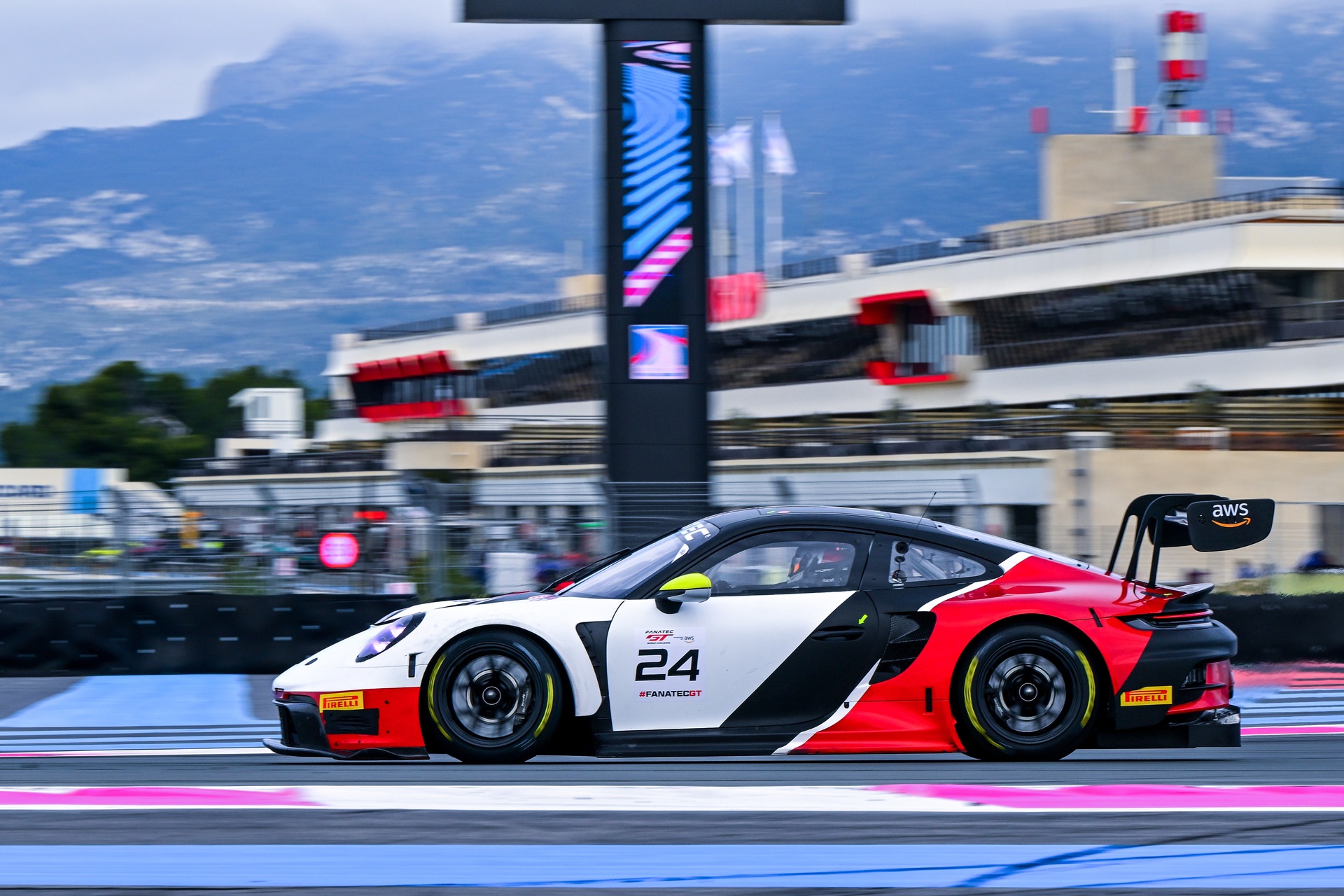
A driver of your age is the most balanced judge to express himself: what will the future bring us?
“My impression that even in motorsport reality and virtuality are not so distant is confirmed by a personal experience: in 2021, when I was racing a Lamborghini in the Fanatec GT World Challenge championship, where former motorcycle champion Valentino Rossi is also present, the points that the virtual racers earned in the races on the simulators were not only added to the classification earned on the track by their team, but also to the overall prize money earned by the team. I probably think we won't have to wait long to see races played in mixed form. In recent weeks, the 24 Hours of Le Mans was raced in virtual mode (https://lemansvirtual.com/), where it was expected that each crew was made up of a pair of sim-racer drivers, digital racing professionals, and two fellow track racing professionals. Also this episode not only confirms that virtual competition and real competition are disciplines in some way destined to progressive convergence, but also that motorsport is perhaps the only sport where virtual reality is very similar to that experienced on the track, especially because the set-up and technical instrumentation of the simulated driving is very similar to that of a real racing single-seater. In simple words, a sim-racer, a good level virtual driver, today could easily do well even on a normal asphalted racing circuit; given the due proportions, this also applies to a normal driver driving a digital simulator. The G force is not there, the courage to keep the gas down is lacking, and this will probably always be the detail that will keep the two worlds apart, but the trajectories and the driving style are very similar, especially if quality simulators are used . Thanks to artificial intelligence, specifically provided by Amazon Web Services AWS, especially the Formula 1 teams are now able to develop highly sophisticated race strategies in real time”.
Exceptional multi-year partnership between McLaren and Google
How is digitization making its way into motorsport?
“I start by saying: it is now out of the question that the digital revolution has entered the car championships. Even in Gran Turismo, my usual category, it's now the sensors that transmit the data from the cars in the pits. It is a trend that is consolidating and which today leads the teams to add the digital component to the total costs, the latter in itself already significant and caused by the normal wear and tear of the mechanical parts, as well as by the continuous technical and project updates imposed on racing cars. In overall terms, the incidence of digital components is still relatively marginal. For example, on a GT3 car, digital detectors today represent around 10 percent of the 670.000 euros needed to purchase a racing car in the category ready for the track. But it is a figure that becomes anything but modest because it must be integrated with the cost of all the additional electronic components required by competitive activities. Another expense not directly visible, but only because it is ancillary: the continuous training of personnel. Mechanics in particular are gradually becoming experts in software, and no longer just in mechanical components”.
Alpha Tauri leads a growing cryptocurrency ecosystem
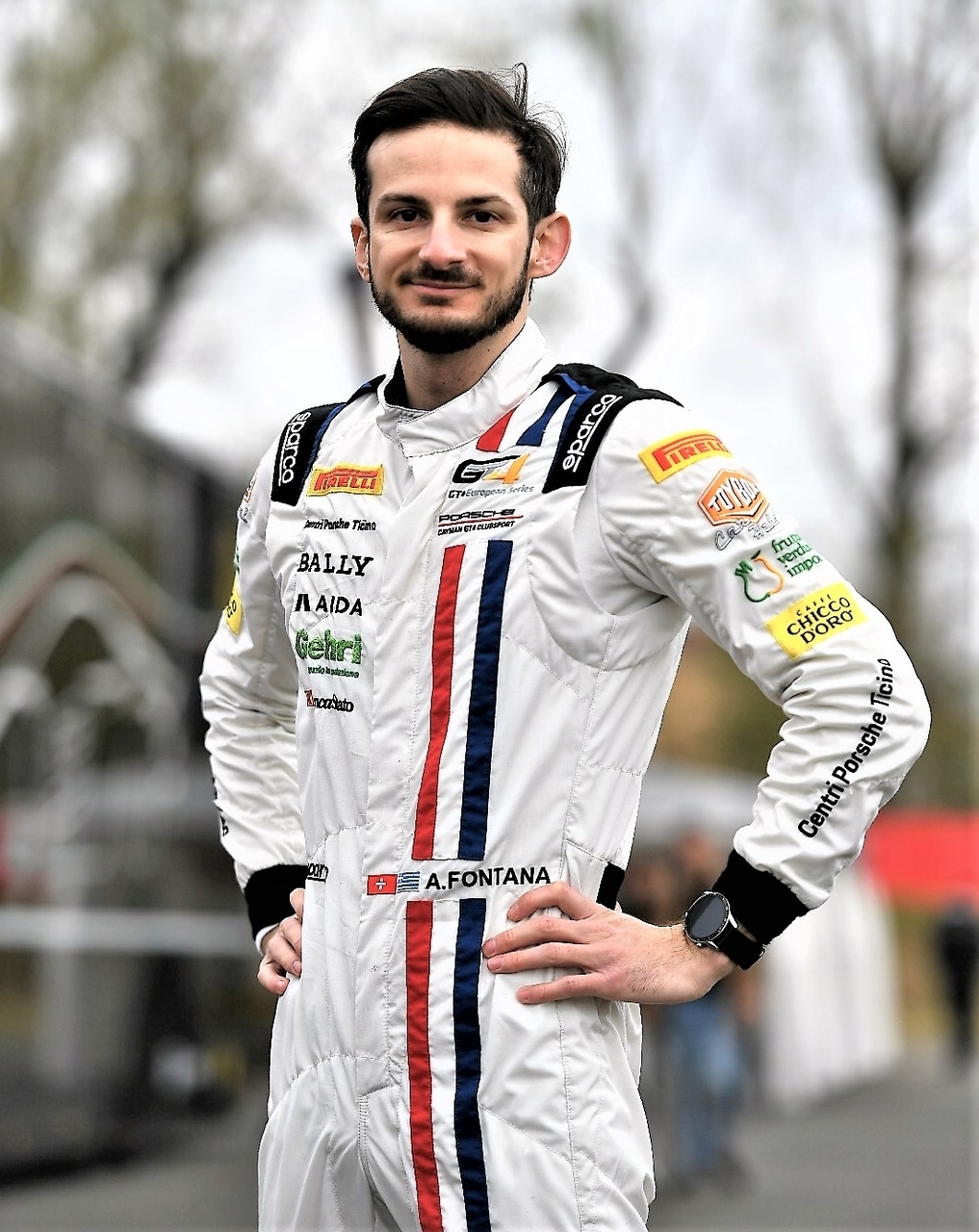
Is there a genuine economic dimension or is it a fad?
“These digital evolutions are not ends in themselves, but also satisfy new market needs. In particular, they rejuvenate the fans, that is, they attract the people of social networks, millennials, generation Z, digital natives, all very active also on the web and in social networks. The arrival of Netflix also fits into this perspective, which has made motorsport spectacular. As a professional I know the backstage, behind the scenes of every race and sometimes I'm surprised by how motorsport is getting media coverage. However, I recognize that this new way of communicating helps the world of motor racing to tune in to the new socio-environmental needs, and therefore create loyalty and sensitize a wider public attentive to the new issues that will affect the mobility of the future. But there's more. The tendency to mediatize the sports form implicitly also leads to the diffusion of its contents to a wider audience. I remember that at Le Mans the teams are Pro-Am: professional drivers race together with non-professionals as long as the latter have adequate preparation. This characteristic, like many others present in motorsport, also activates a commercial networking with infinite possibilities, and favors a dialogue, difficult to find in other sports disciplines, between simple enthusiasts and experts in technical matters, investors and professionals in the sector".
Williams: in F.1 yes, but positive for the climate by 2030

Let's come to this year's Formula 1 world championship season, which aligns 23 locations, including the double Italian appointment of Imola and Monza and the arrival of a new stage in the USA, for the Las Vegas Grand Prix…
“For CSR, I will comment on about half of the races together with my colleague Andrea Chiesa, as 'second voices', however I recognize that the 2023 championship remains a very demanding championship, especially for the mechanics and logistics personnel, for the coordination of all those technical support activities which must be transferred to a new location every two weeks and which finally allow the organization of the sporting event which the public then sees on television during the weekend. Also from a personal point of view, as a professional driver I admit that I have never seen such a busy season. For the pilots, one of the major complications is to organize continuous travel, even on an individual level, to coordinate their technical staff, as well as maintaining impeccable and constant physical form. I remind you that the set-up of each Formula 1 single-seater is studied right from the early stages of planning on the physical characteristics of the single driver who will have to drive it. In other categories, such as the Gran Turismo GTs for example, where several drivers take turns on the same vehicle, the vehicle set-up is not so extreme because it is decided on the average of the physical and technical characteristics of the various and different drivers who take turns driving. The only aspect that teams and riders in each category cannot compromise on is physical preparation: it must always be excellent. For example, in the 24 Spa 2021 Hours in Belgium, I drove about 10 hours, and so did other professionals. This is only possible by maintaining a well-groomed athletic condition, especially to overcome cardiac stress or the muscular effort required in the arms and neck, or counteract the lateral thrusts of the vehicle, control the stiffness of the steering, bear the weight of the helmet. Added to all this is the thermal condition inside the passenger compartment, which can reach 45 or even 65 degrees Celsius even when driving in weather conditions with low temperatures outside. All this is due to the normal overheating of mechanical parts, such as the engine, brakes, radiators and cooling circuits. But every driver learns to live with these difficulties because he knows they are part of the allure of the sport, and he prepares accordingly, just like a soccer player, a hockey player or an athlete does for their respective disciplines”.
The highlights of Alex Fontana's victorious 2018 season in the Blancpain GT Series
Alex Fontana's tips for setting up a Sim Rig: the seat, pedals and steering
"Quarantine Cup" with Alex Fontana: real GT drivers VS Simracers at the time of COVID
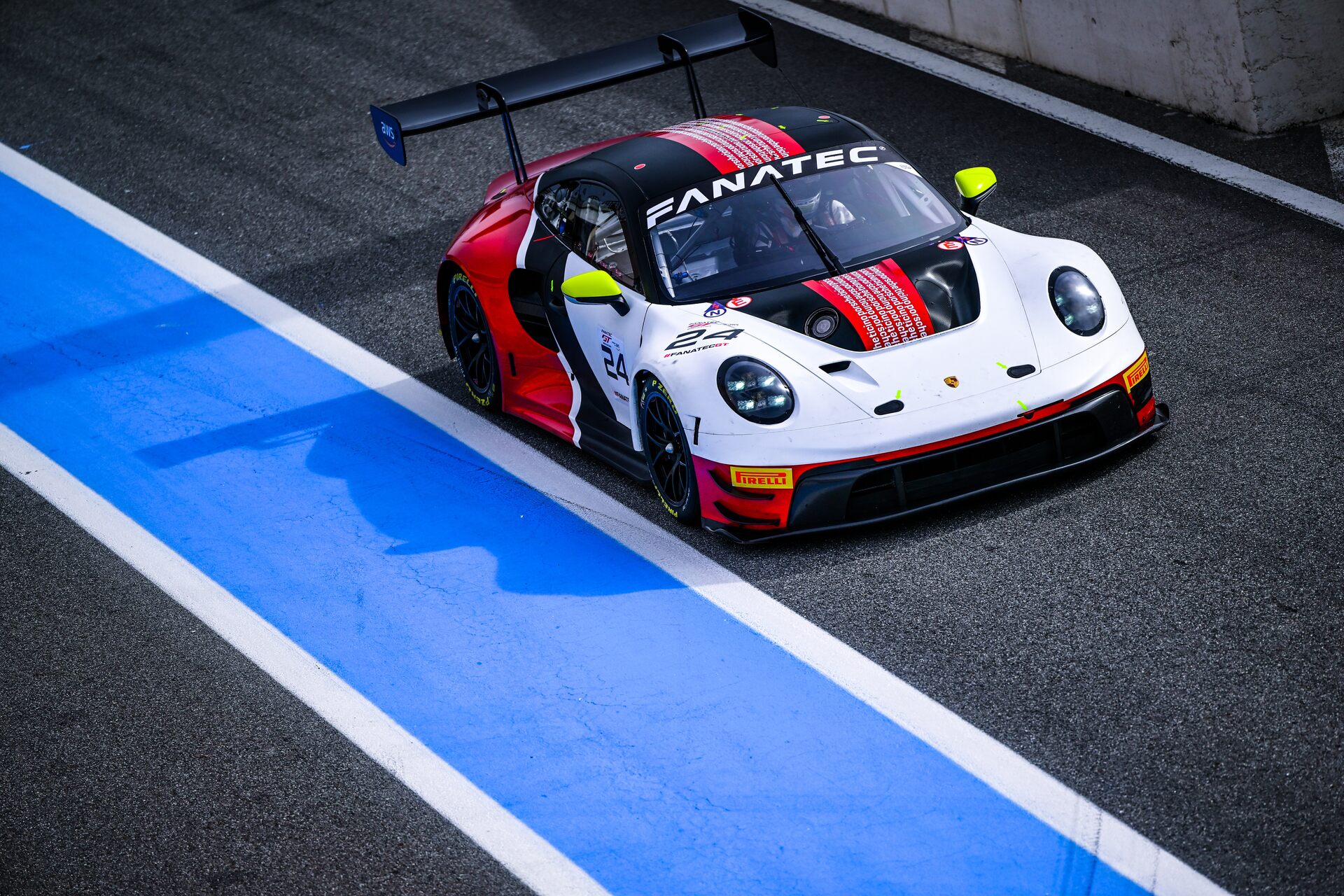
You may also be interested in:
In Alto Adige today EDIH NOI is the new point of reference for AI
4,6 million euros from the PNRR fund will be allocated to Bolzano for services to local companies in the digitalisation of intelligence…
by Editorial staff Innovando.NewsEditorial staff of Innovando.News
Austria, Germany and Switzerland for "more innovative" cargo railways
DACH Ministers Leonore Gewessler, Volker Wissing and Albert Rösti: the introduction of Digital Automatic Pairing is a key element
by Editorial staff Innovando.NewsEditorial staff of Innovando.News
Persuasion or manipulation? Genesis and historical impact of PR
This is how Public Relations, from the sophistic dialogue of ancient Greece to the current digital era, continues to offer continuous innovation
Young people and cryptocurrencies: how to find out more about Bitcoin…
Introducing kids to digital currencies and Blockchain can be an exciting endeavor, given their affinity for technology and innovation


